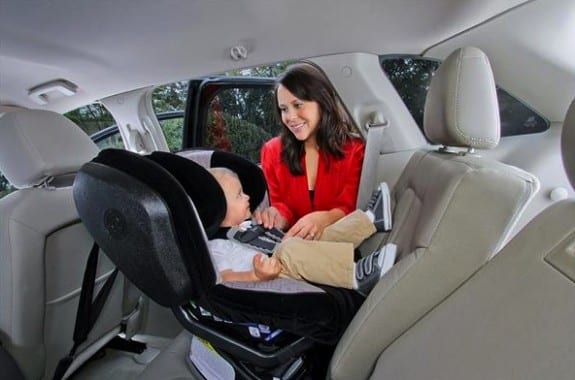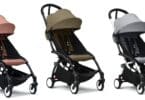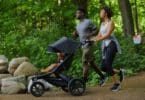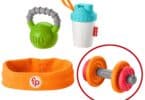The American Academy of Pediatrics today released new recommendations on car safety seats.
In the updated policy statement, “Child Passenger Safety,” and an accompanying technical report, to be published in the November 2018 issue of Pediatrics (published online Aug. 30), the AAP recommends children remain in a rear-facing car safety seat as long as possible, until they reach the highest weight or height allowed by their seat. Previously, it was said children should remain rear-facing at least to age 2; the new recommendation removes the specific age milestone.
“Fortunately, car seat manufacturers have created seats that allow children to remain rear-facing until they weigh 40 pounds or more, which means most children can remain rear-facing past their second birthday,” said Benjamin Hoffman, MD, FAAP, lead author of the policy statement and chair of the AAP Council on Injury, Violence and Poison Prevention. “It’s best to keep your child rear-facing as long as possible. This is still the safest way for children to ride.”
The prior recommendation to keep children rear-facing to age 2 was based in part on a study that found lower risks of injury among children ages 1 to 2 years who were rear-facing. That data was supported by biometric research, crash simulation data and experience in Europe where children ride rear facing for longer periods.
When the original study was retracted in 2017, a re-analysis of the data found that while rear-facing still appeared to be safer than forward-facing for children younger than 2, the injury numbers were too low to reach statistical significance.
In April, researchers at The Ohio State University Wexner Medical Center found that rear-facing car seats are safer for children in rear-impact crashes because the positioning helps reduce the risk of injury as it limits the amount of energy transferred to the child.
“Car seats are awesome at protecting children in a crash, and they are the reason deaths and injuries to children in motor vehicle crashes have decreased,” Dr. Hoffman said. “But that also means we just don’t have a large enough set of data to determine with certainty at what age it is safest to turn children to be forward-facing. If you have a choice, keeping your child rear-facing as long as possible is the best way to keep them safe.”
When a child rides rear-facing, the head, neck, and spine are all supported by the hard shell of the car safety seat, allowing the car seat to absorb most of the crash forces, and protecting the most vulnerable parts of the body. When children ride forward-facing, their bodies are restrained by the harness straps, but their heads – which for toddlers are disproportionately large and heavy – are thrown forward, possibly resulting in spine and head injuries.
Parents often look to transition a child to forward facing position as quickly as possible due the social disconnect that is perceived by the child riding in the opposite direction from the other passengers in the vehicle. In car seats, this is one area where transitions are not “positive,” and where delaying transitions is best, according to the AAP. Each transition – from rear-facing to forward-facing, from forward-facing to booster seat, and from booster seat to seat belt alone – reduces the protection to the child.
Parents should check the instruction manual and the labels on a car safety seat to find the manufacturer’s weight and height limits. When a child is approaching one of those limits, it is time to think about transitioning to the next stage.
The AAP recommends:
- Infants and toddlers should ride in a rear-facing car safety seat as long as possible, until they reach the highest weight or height allowed by their seat. Most convertible seats have limits that will allow children to ride rear-facing for 2 years or more.
- Once they are facing forward, children should use a forward-facing car safety seat with a harness for as long as possible, until they reach the height and weight limits for their seats. Many seats can accommodate children up to 65 pounds or more.
- When children exceed these limits, they should use a belt-positioning booster seat until the vehicle’s lap and shoulder seat belt fits properly. This is often when they have reached at least 4 feet 9 inches in height and are 8 to 12 years old.
- When children are old enough and large enough to use the vehicle seat belt alone, they should always use lap and shoulder seat belts for optimal protection.
- All children younger than 13 years should be restrained in the rear seats of vehicles for optimal protection.
Most important is to use a car seat for every trip, Dr. Hoffman said. Using the right car safety seat or booster seat lowers the risk of death or serious injury by more than 70 percent.
“Car crashes remain a leading cause of death for children. Over the last 10 years, 4 children under 14 and younger died each day. We hope that by helping parents and caregivers use the right car safety seat for each and every ride that we can better protect kids, and prevent tragedies,” said Dr. Hoffman.







